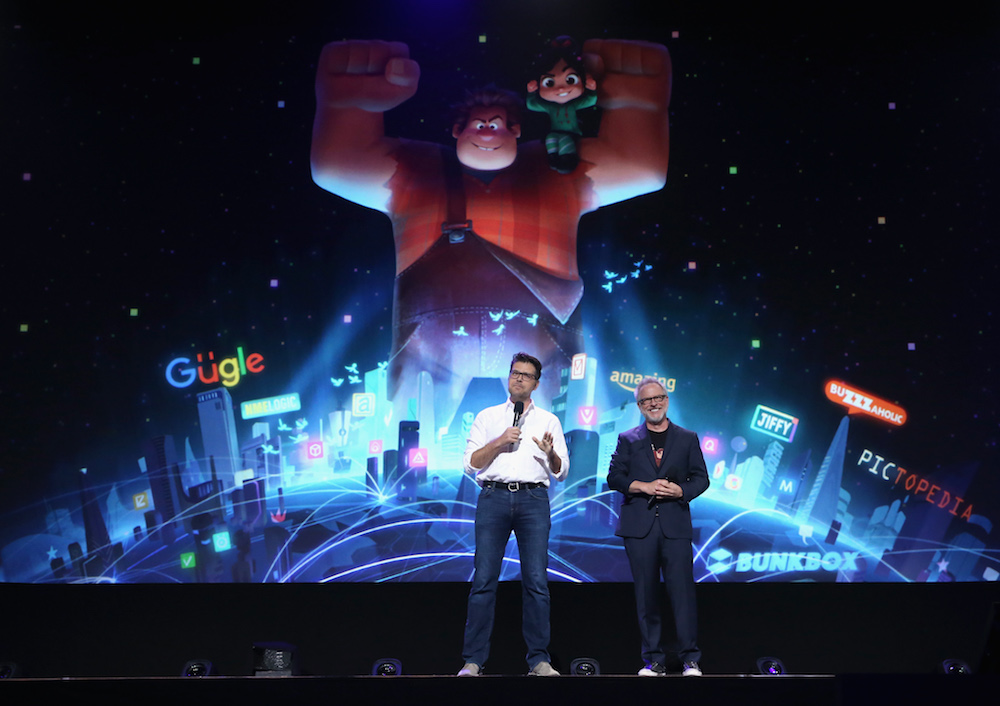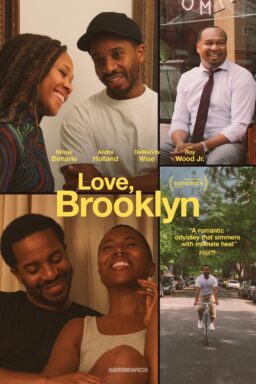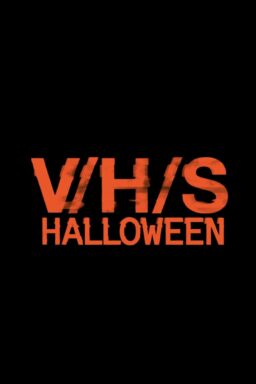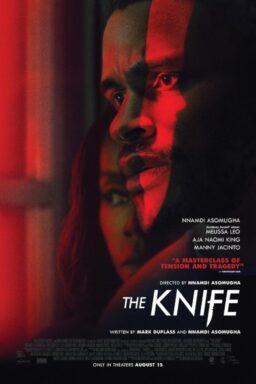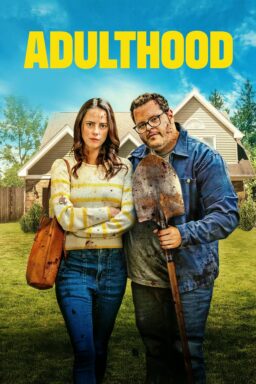In “Ralph Breaks the Internet,” co-writer/directors Phil Johnston and Rich Moore take Wreck-It Ralph out of the confined space of 8-bit arcade games and into the wild world of the Internet, which in their version looks like something between Oz, “Zootopia” (their previous film), Wonderland, and Disney World. Ralph (voiced by John C. Reilly) and his best friend Vanellope (Sarah Silverman) meet up with a range of endearing and very funny characters, from a roomful of Disney princesses to personifications of Internet apps like search and pop-up ads.
In an interview with RogerEbert.com, Johnston and Moore talked about the initial ideas for visualizing the Internet that did not work and which special effect was the most complicated.
It’s a pretty big challenge to create a concrete, visual architecture of something as virtual and abstract as the Internet. I mean, even if you’re doing a fantasy like “Cinderella,” you have some idea of what a castle looks like.
PHIL JOHNSTON: Yes, you know what a castle looks like; there are lots of references on castles. Rich says that we’re sort of delusional and we start hiking and then suddenly now three years after our hike began we turn around and go “Oh, that was Mount Everest we just went over.” I don’t think we fully understood how hard it was going to be. I’m just now realizing, “Oh yeah, we did not have any idea of what the Internet was going to look like.”
RICH MOORE: It was like working without a net with razor blades. We worked without a net before but never with pointy objects to fall onto. It was daunting because all of our metaphors that we came up with early were just as abstract as the internet itself to the point where you’d say, “What if it all takes place in a cloud and there are raindrops?” Then we would talk to our IT department to kind of pitch these ideas to them and they’re like, “That’s not a good metaphor. There is no cloud. The internet is way more physical and tactile than this idea of something bouncing in the atmosphere.”
PJ: We screen these movies eight or nine times internally and the first several are just storyboards. Our first screening our internet was still connected by that data stream and there was a big data falls and fairies and wands and little bits of data was flowing through this massive river and again it was something where in our research team just said, “Well that doesn’t really make sense. That’s not what a data stream is. It’s a clever play on words but that’s just not how the Internet works.”
Just like cloud is a play on words.
RM: Exactly, they said that’s just a term that they created for servers; the cloud is nothing more than just a bunch of servers somewhere holding information. So we were like, “Okay, we really need to buckle down and do some real research on this.” We visited a lot of these server farms and there is a huge one in LA on Wilshire Boulevard, a skyscraper called One Wilshire and it is just packed as tight as it can be with servers, cables, and wires.
PJ: 10,000 miles of cables.
RM: Yes, just 20 floors and maybe 10 people servicing the skyscraper filled with equipment.
Like gardeners watering seeds.
RM: Yes, exactly like that.
PJ: It’s like there are no human beings, it’s just a bunch of computers and it’s the hub for the West Coast of all the connections. It’s literally just wires and cables under the Pacific Ocean that run from Asia to Santa Monica Boulevard. It comes up the beach and goes up Wilshire Boulevard underground. They showed us this set of servers that controls Thailand; if someone from Thailand is communicating to LA it comes through here and then goes out to your computer.

So how did that inform the metropolis that you created?
RM: Well we could see that this is physical; this is not an abstract idea of something invisible that we can’t see. This is hardware and it’s packed so tight. We talked to some real experts who worked on the infrastructure of the Internet in the beginning and they’d say it was never really well planned out because they thought it was just going to be colleges sharing ideas. They didn’t expect everyone in the world was going to be using the Internet so it’s built on an infrastructure that is like Rome or Istanbul.
PJ: They’re just kind of building stuff on top of stuff. It started with these three connections and then a little more, a little more …
It reminds me of “Zootopia” because of the distinctly different sections with so many funny and distinctive details. I like the way you made virtual experiences like tweets and comments concrete.
PJ: Yes, we were personifying that stuff.
RM: Like Rome or Istanbul there is an ancient city down at the bottom. There’s a scene when where if you look around you see what we think of as the older net. It’s at the very bottom so there’s Netscape Navigator and Friendster and then the bigger websites are at the top. It’s this ever-expanding city and then like a city, there are different districts. So there’s a social media district, the big data mines, there’s gaming and like that where we started to imagine it as the biggest city in the world.
PJ: It’s constantly expanding.
Did you make lists of the most irritating things on the Internet to include, the things that drive people crazy?
RM: Yes, we were constantly saying what has to be in here? So with Ralph who is a deeply insecure character we knew he had to experience one of the darker more negative sides of the Internet — online bullying and trolling. And then we had more cheerful things like cat videos. The brighter, sillier side of the Internet also had to be there.
PJ: And shopping. We said we’ll never be able to kind of make the perfect snapshot of the internet so let’s just break it down into categories: there’s gaming, there’s shopping, there’s news, there’s social media, search, and a couple of others, and if we kind of stayed within those buckets then it will feel like the Internet.

Tell me about Vanellope’s glitch. I think that’s one of the most important interesting elements in both movies and what does that mean to her and what does it mean to the storyline?
RM: In the first film Vanellope was considered a glitch and was excluded from her game because of it and in the end comes to realize that she had been swindled basically. But now she now is embracing it as a superpower, which allowed her to be a better racer. So in this film six years later she still has the glitch. She uses it as her superpower but when her game gets unplugged we’re playing it more as a panic attack almost. There’s an anxiety side to it. So she has this thing that is both something she uses as a racer but also a kind of a physical manifestation of her emotions. So when she’s getting upset or nervous or anxious, there’s a more negative glitch or anxious glitch that is one of her insecurities, but it also helps her reaction time.
PJ: Greatest power, greatest weakness.
It had to be the most fun thing in the world to get the Disney Princesses back together. That may be the funniest scene in any movie this year.
PJ: Again, daunting!
And you got the original voice actresses back, too!
PJ: 11 of the 14, all except for those who have left us. It’s amazing to be there facilitating this kind of meeting of the minds. We have a lot of animators on our film that were inspired by Second Golden Age films like “The Little Mermaid” and “Beauty and the Beast.” These are the characters that got them interested in animation and now they’re sitting with the actresses that voiced them—I mean more than voiced—they’re so much those characters. The animators for those films were drawing a lot from these actresses, from their acting choices. There is a lot of them in those characters, more than just the voice, the behaviors, the point of view, it’s like they’ve somehow become those characters.

How much fun was it to take those ladies and give them so much personality and agency and meta-awareness?
PJ: Hugely rewarding.
RM: They all read the scene and we were a little scared that they might think, “Well are you making fun of us?” But to the actress they all totally got it, loved it, felt like it made the characters more contemporary, sort of brought them into 2018. Behind this satire is an abiding love for these characters.
What was the biggest technological challenge you took on for this film?
RM: Without giving away the end, there is one character made up of three hundred thousand individual characters. And it’s not just an outside layer. We didn’t cheat it. They are moving from the inside and they’re several layers deep.
PJ: And it’s insane.
RM: Phil and I learned when we had this idea of a year-and-a-half ago that this is how we wanted to end the movie, with this event. Everyone’s like, “Oh sweet, good idea, cool idea,” and apparently we’re just learning this now, after we left and they all said, “This can’t happen; this is never going to get done.”
I swear to you no one told us those and we just went on. We didn’t think we’d have the rendering power to complete these scenes. There are no cheats but whenever we could we were encouraged to do a close-up so we don’t have to do every one of them there. So we did work with our cinematographer and the animators to make sure that we were being smart about the shots.
People will have to see the movie many times to catch all the references—do you have a favorite that people should look out for?
RM: The things on the Internet go back way before the Internet itself began, so it isn’t only about the latest meme. We got some help from Mark Henn, who has been around since the ’70s. We wanted to throw in one more joke but we didn’t have characters built in models.
PJ: And it takes a long time to build 3D characters …
RM: … in the CG world, so we asked Mark, “Could you do a 2D character for us?”
PJ: It was the Humphrey the Bear from these old Jack Hannah ’50s Disney cartoons. There’s a very well loved one about Humphrey picking up litter in the park with this ranger. Everyone was like, “Oh my God that is so meta; it is a deep pull.” We said, “Mark, can you recreate that little cycle of Humphrey picking up the garbage with the Ranger?” Within like two days he had it animated.
RM: So the last thing we added to the movie was a 75-year-old character.

